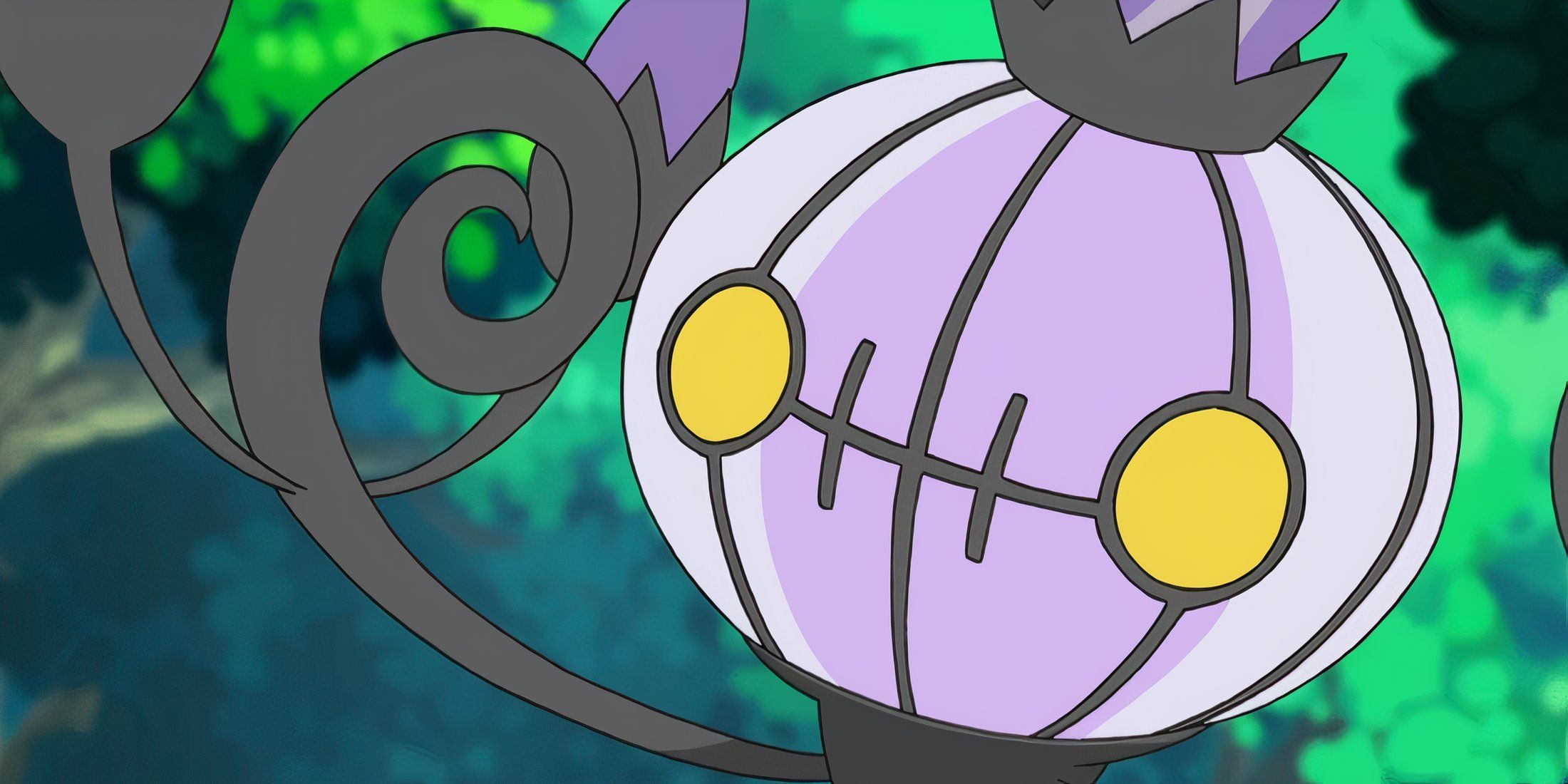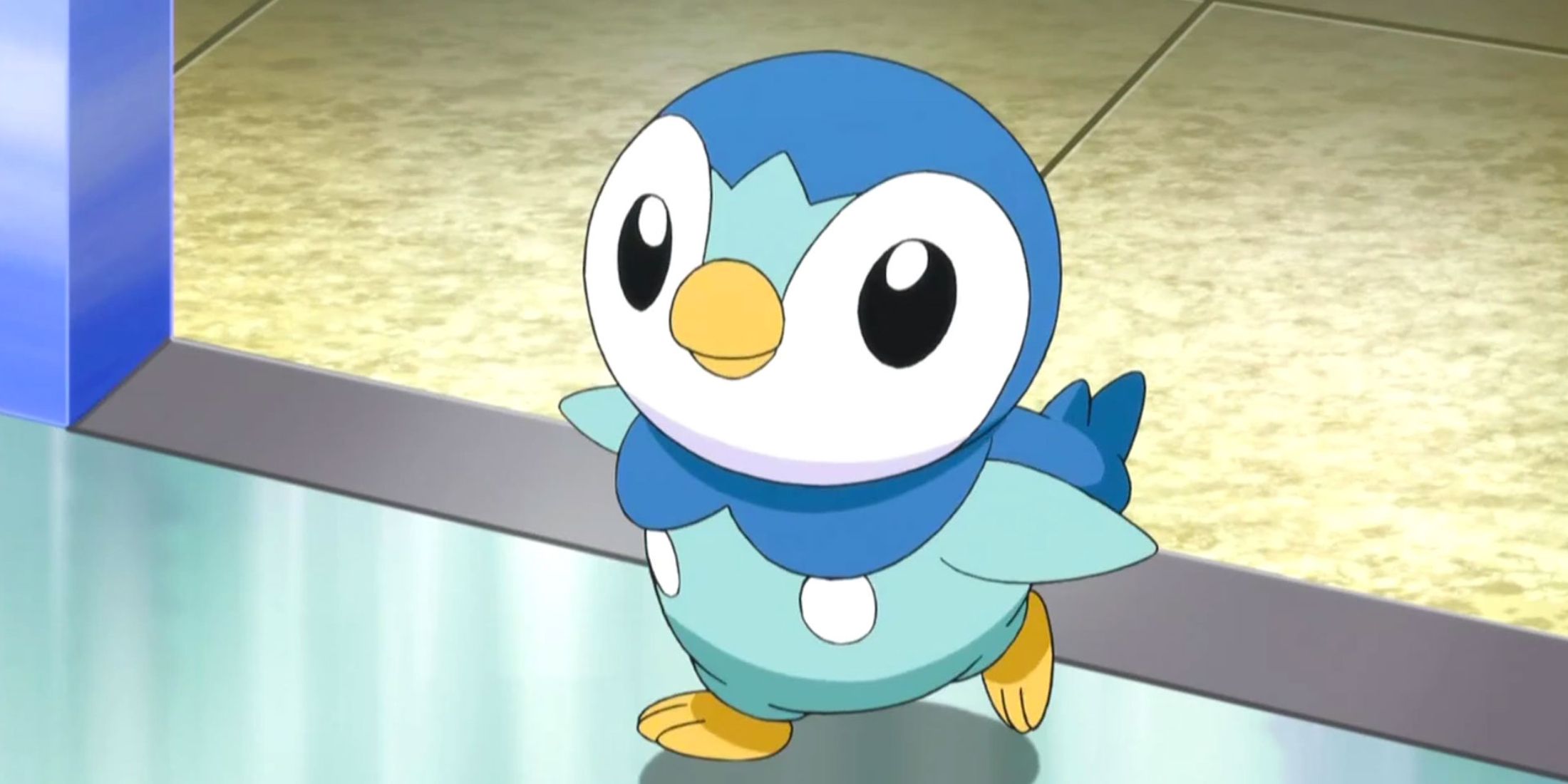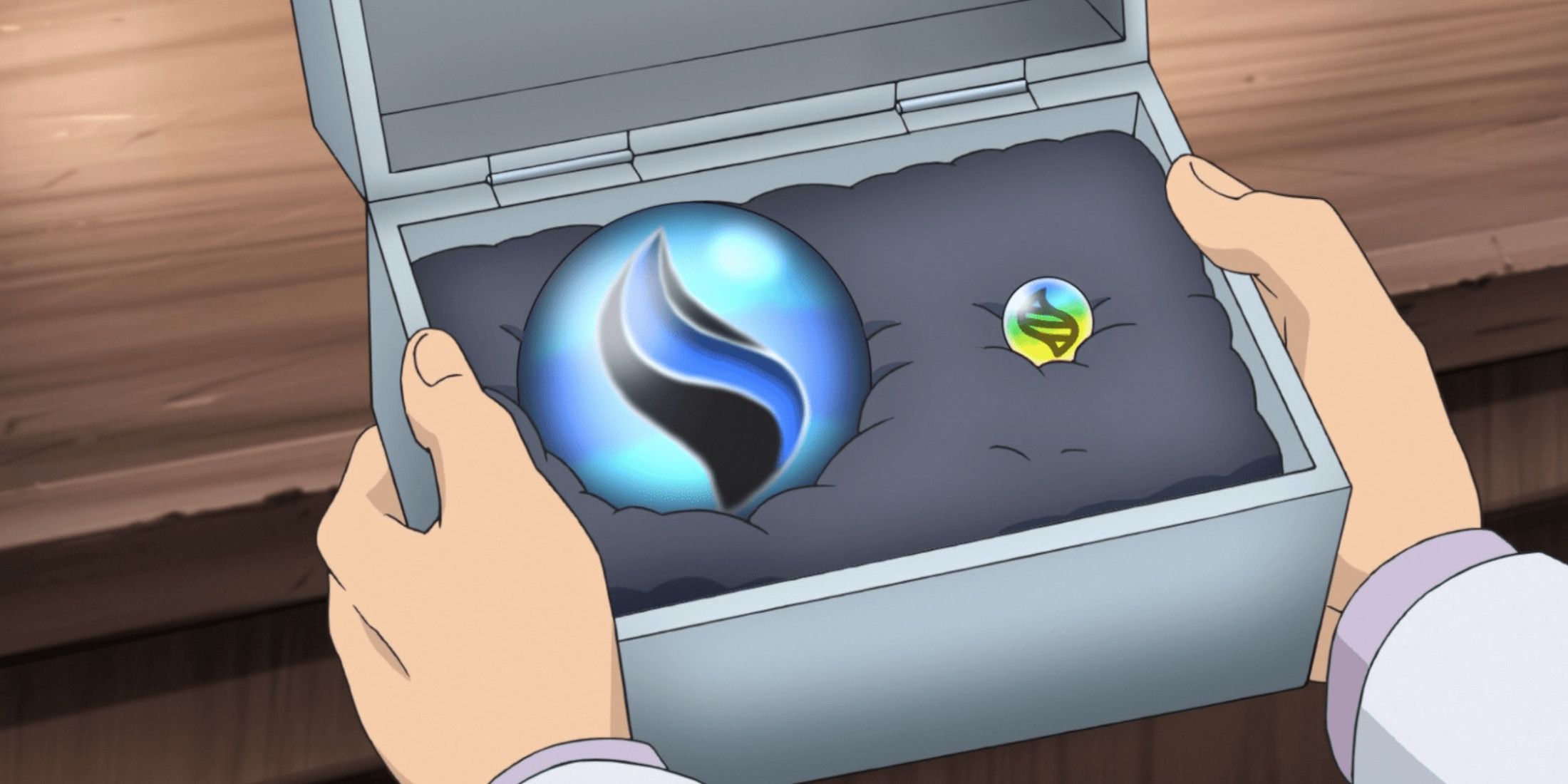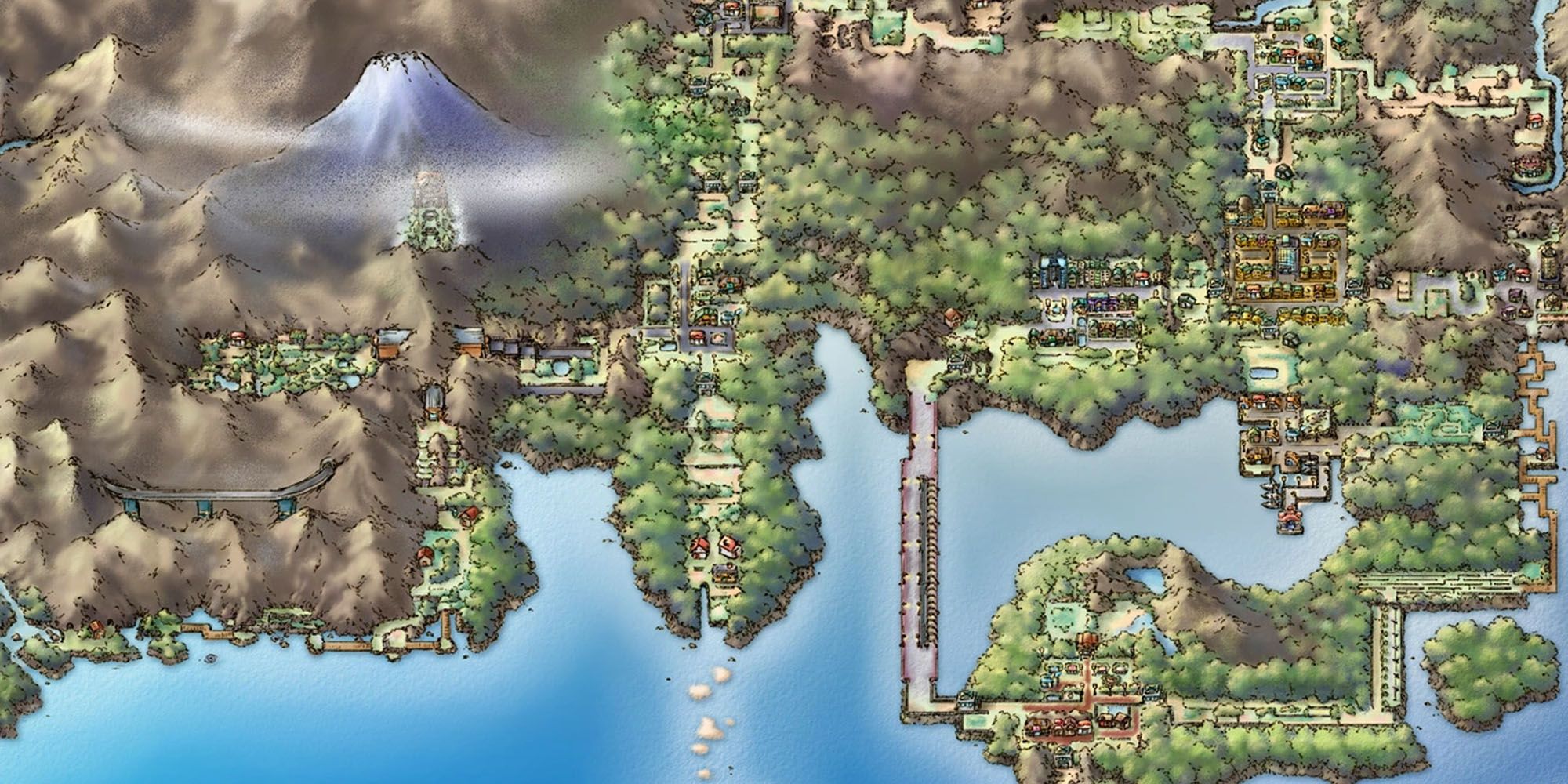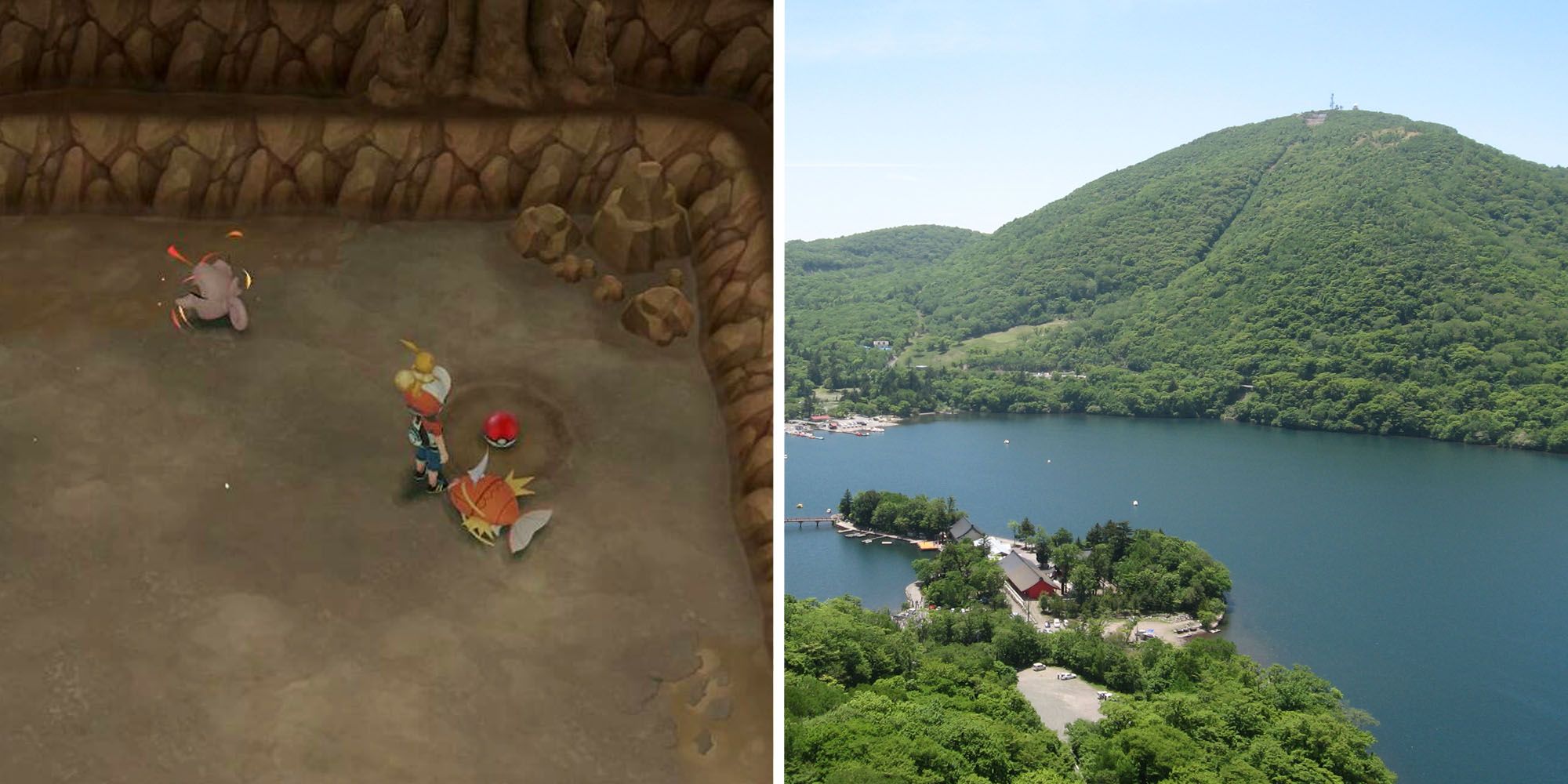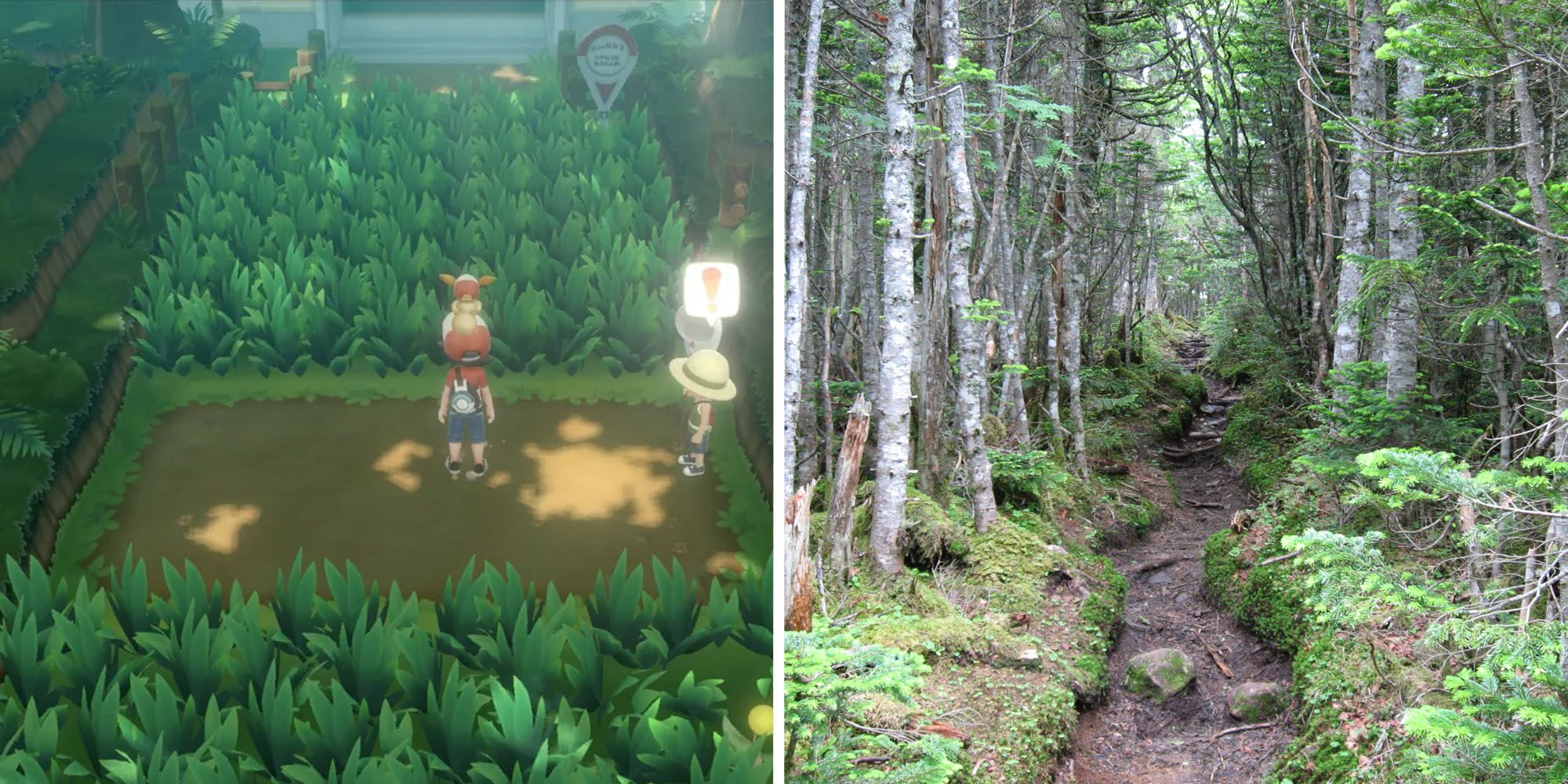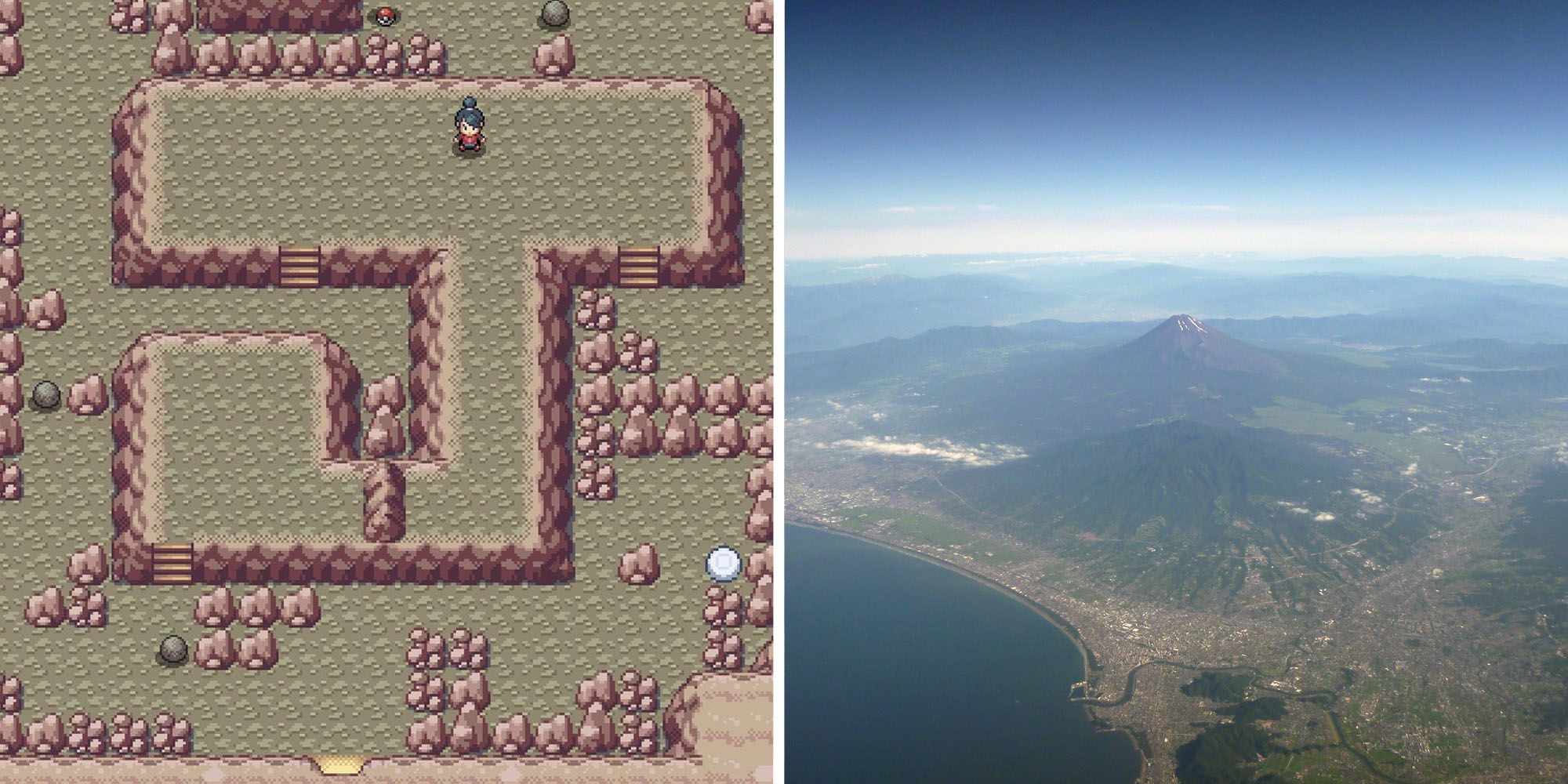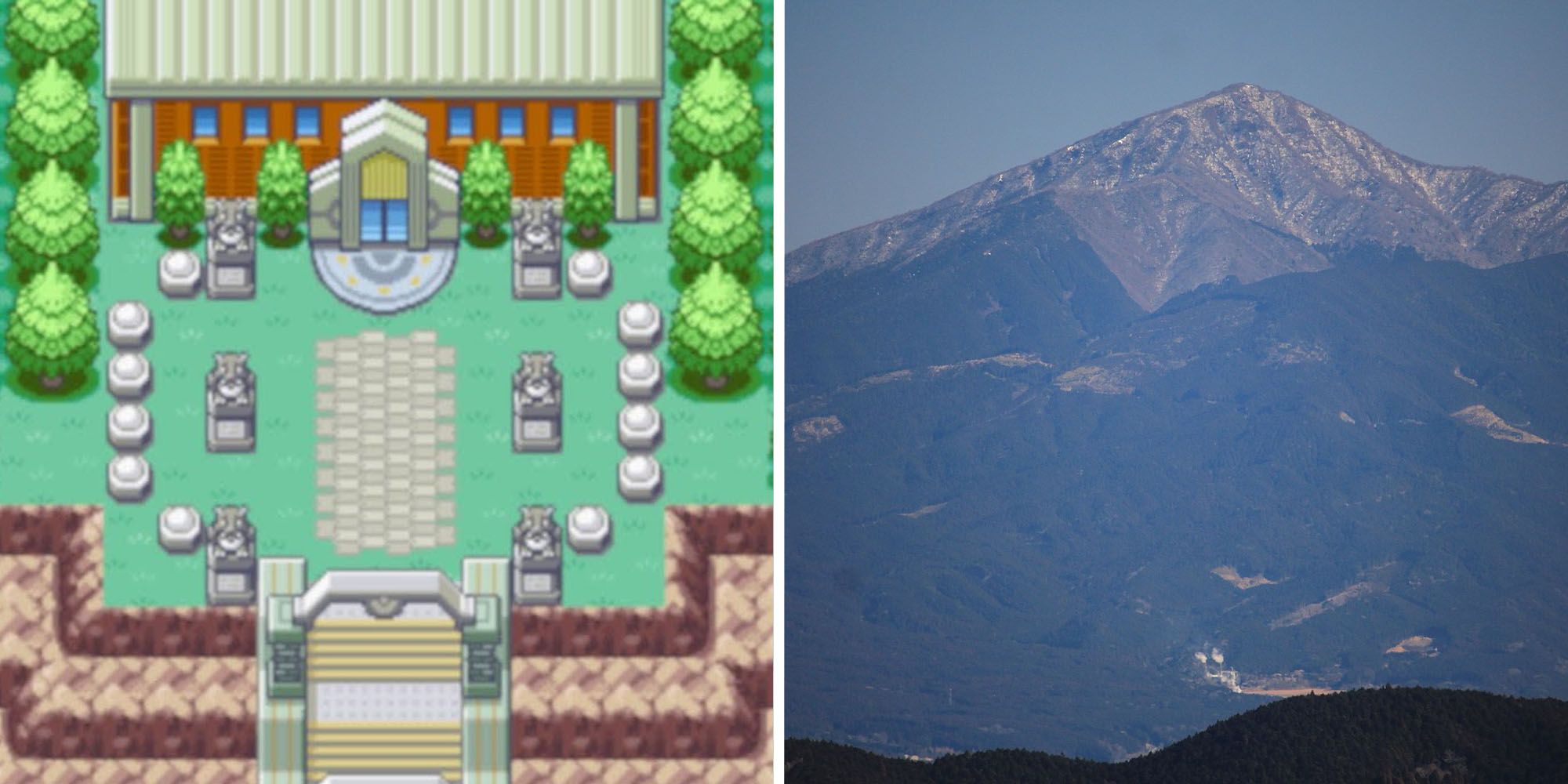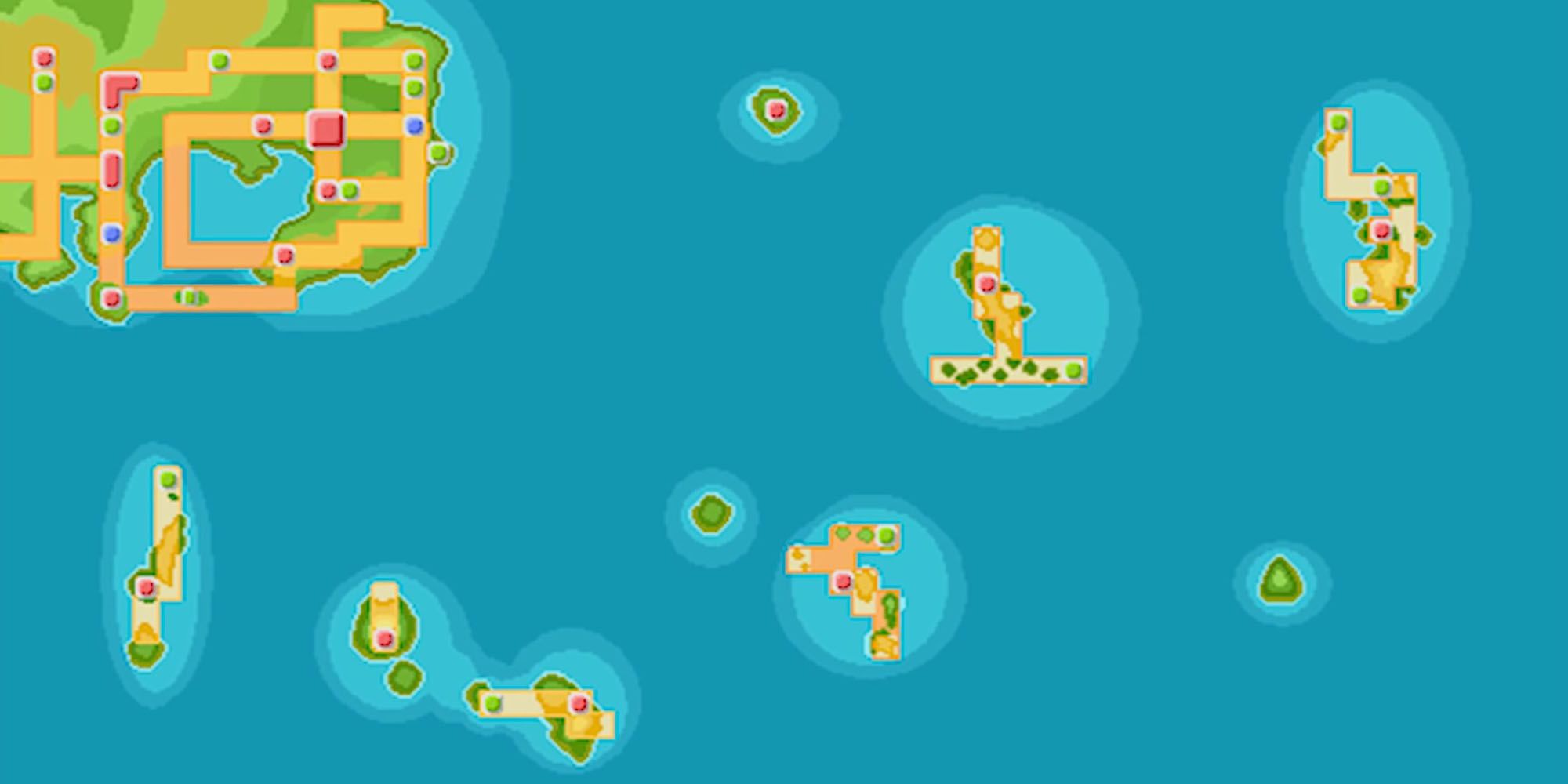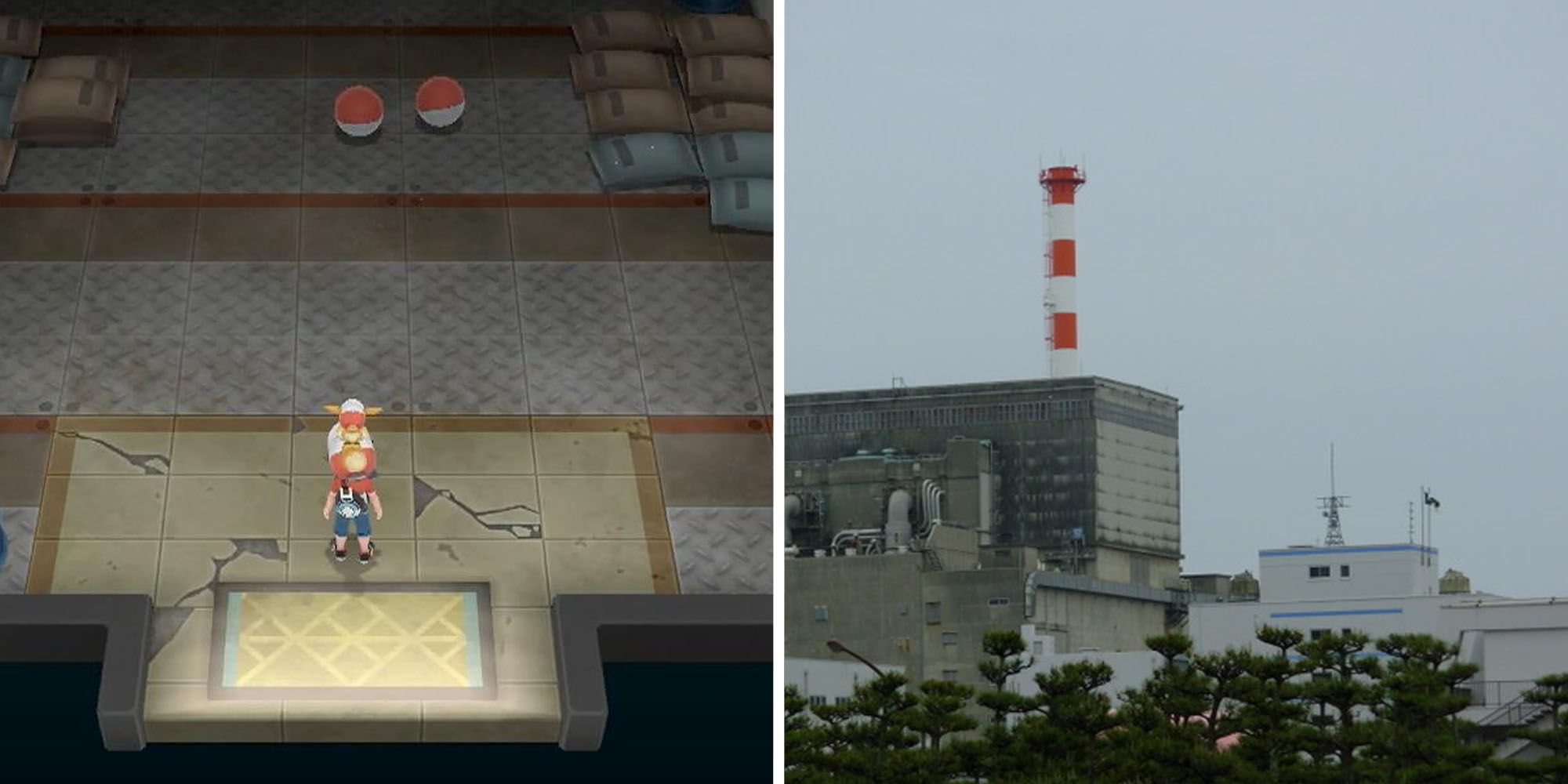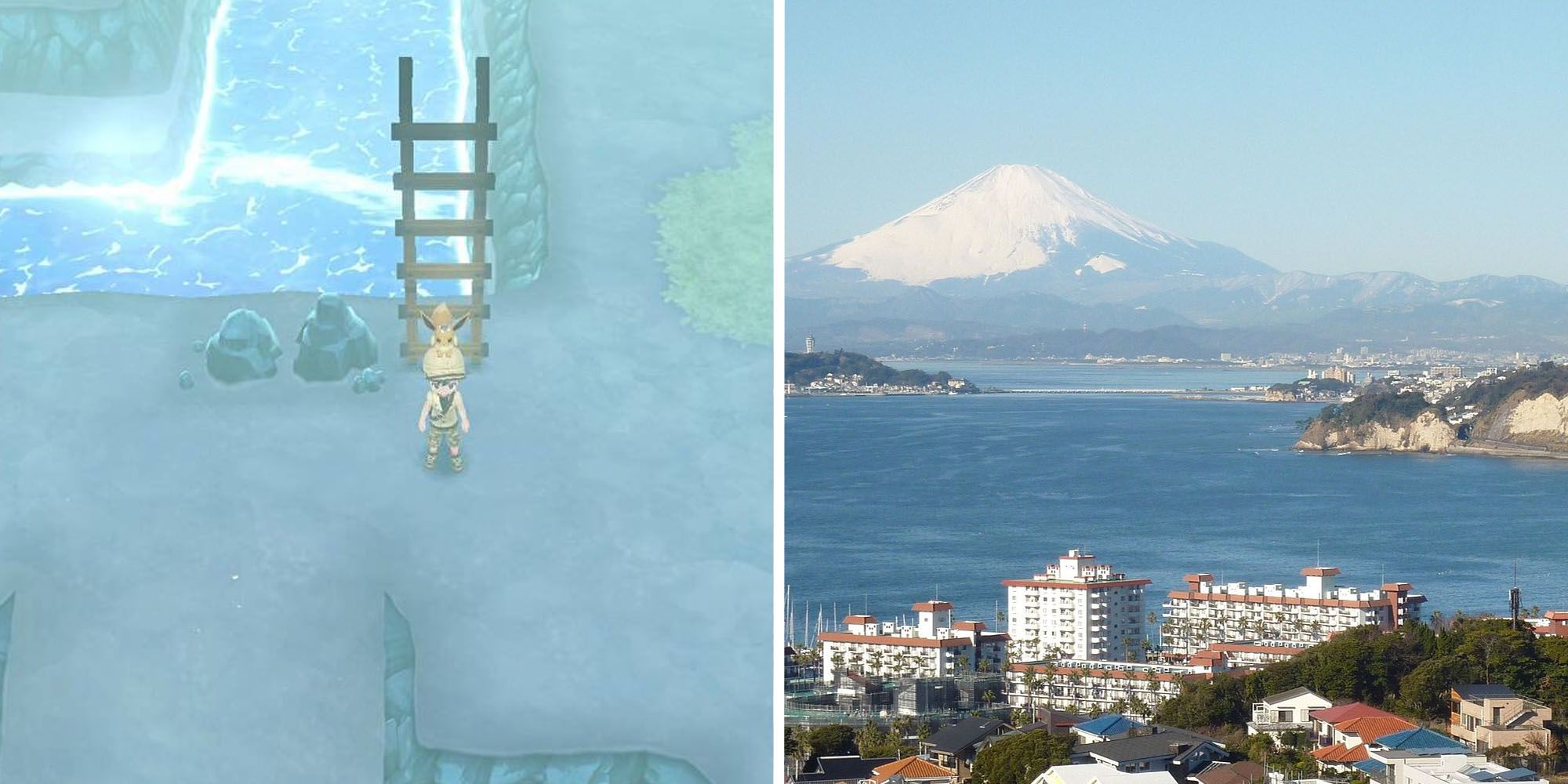As the first region to explore in the Pokemon franchise, Kanto holds significant importance to fans of the Pokemon games. The fictional land was introduced in Generation 1, named after the Kantō region in Japan, which sits on the country’s largest island Honshū. The creator of Pokemon, Satoshi Tajiri, was born in Setagaya, Tokyo, and raised in Machinda, both located in Kantō and were his inspiration for creating Pallet Town.
Other towns and cities in the Kanto region take inspiration from their real-life counterparts, including Fuscia City taking influence from Tateyama in the Chiba Prefecture, and Cinnabar Island, based on the volcano island of Izu Oshima. In addition, plenty of other natural locations in the Kanto region resemble other places in Japan, from lush forests to cavern paths and islands.
7 Mt. Moon: Inspired By Mount Akagi
- Credit: Uraomote Yamaneko
Mt. Moon is a staple of Kanto’s landscape and is an area where Clefairy gather in abundance. It’s known for its meteor falls, resulting in Moon Stones forming, which help Clefairy evolve into Clefable. In the Johto games, Mt. Moon Square is available to explore at the summit of the mountain, which looks like a massive crater.
The mystical mountain is based on Mount Akagi, situated in Kantō’s Gunman Prefecture. It’s a stratovolcano with a caldera crater on its summit, much like Mt. Moon Square. Mount Akagi is an object of worship, with the Akagi Shrine sitting on Ōno Lake.
6 Viridian Forest: Inspired By Okuchichibu Mountains
- Credit: Σ64
Described in Pokemon FireRed and LeafGreen as a “deep and sprawling forest” and a “natural maze [that] many people become lost inside,” Viridian Forest will be memorable for players as it’s the first major location they come across after leaving Pallet Town. With lots of Bug and Flying-type Pokemon to catch, thanks to the abundance of trees, it’s the perfect playground for players to train up their team.
Fansite Dogasu’s Backpack notes that Viridian Forest is geographically similar to Okuchichibu Mountains, an area of folded mountains and dense forest. But Viridian Forest seems to be based more on Kashinokiyama Nature Park due to its abundance of trees and trails.
5 Victory Road: Inspired By Mount Ashitaka
- Credit: Paipateroma
In Kanto, Victory Road can be found on Route 23 and has earned its name “because it must be traveled by all trainers aiming for the top,” per Pokemon FireRed and LeafGreen’s description of the location. As the passage to the Indigo Plateau, Victory Road is based on Mount Ashitaka, according to Rakuten Travel Experiences.
Mount Ashitaka is a stratovolcano southeast of Mount Fuji, which in the Pokemon world is Mt Silver. As Kanto and Johto are landlocked, these real-life counterparts make sense geographically. Hiking In Japan notes that Ashitaka “offers the best unobstructed southerly views of Mt. Fuji from any mountain in Japan". It takes four to six hours to hike up and down, so it’s a pretty hefty trek like Victory Road is for trainers.
4 Indigo Plateau: Inspired By Mount Echizen-dake
- Credit: Alpsdake
The Indigo Plateau will be very familiar to older players, as it’s most likely where they battled the Elite Four for the first time. In addition, trainers from both Kanto and Johto compete here, as the two regions use the Indigo Plateau to challenge the most experienced competitors.
Rakuten Travel Experiences suggests that Mount Echizen-dake is where the Indigo Plateau would be in real life. A volcanic peak to the southeast of Mount Fuji, Echizen-dake is part of Mount Ashitaka’s lava dome. As one of the highest peaks of the Mount Ashitaka range, hikers attempting to climb this peak can expect a four-hour round trip, according to Must Love Japan.
3 Sevii Islands: Inspired By Izu & Bonin Islands
Compared to an actual map of Japan, the Sevii Islands correspond to the Izu and Bonin Islands. Rakuten Travel Experiences indicates the first five islands are inspired by the Izu Islands, while six and seven are based on the Bonin Islands.
The Izu Islands are locally known as the Izu Seven Islands and are volcanic, as are the Bonin Islands, per Japan City Tour. Mt. Ember and Naval Rock take their environment from these places, while Birth Island is based on Minami-Tori-shima. Per Dr. Lava on Twitter, Minami-Tori-shima is a “strategic naval island the U.S. and Japanese governments fought over for 100 years".
2 Kanto Power Plant: Inspired By Tokai Nuclear Power Plant
- Credit: KEI
The abandoned Kanto Power Plant is located on Route 10, and is the home of the legendary bird Zapdos. Despite being left unmanned, some machines still work thanks to an abundance of Electric-type Pokemon.
According to a user on Lemiapp, Tokai Nuclear Power Plant “sparked the idea that would go on to become” the power plant players encounter in Kanto. The user suggests an explosion at Tokai gave Pokemon creator Satoshi Tajiri “the idea that such an incident could create a powerful being,” resulting in Zapdos. This theory is unconfirmed, and it’s more widely believed that Zapdos is based on the Native American legend of the Thunderbird – a mythological creature responsible for thunder, lightning, and rain “that protected humans from evil spirits,” per Legends of America.
1 Seafoam Islands: Inspired By Enoshima Island
- Credit: Quercus acuta
The Seafoam Islands can be found on Route 20, which consists of two islands that “are shaped the same, as if they were twins,” per the description in Pokemon FireRed and LeafGreen. Players can catch the legendary Articuno here, and the islands are a frequent training ground for Misty. In Generation 4, Blaine’s gym can be found here due to a volcanic eruption on Cinnabar Island.
In relation to the real world, Seafoam Islands take inspiration from the small island of Enoshima. It’s a popular tourist destination and is home to the Iwaya – two caves created by natural erosion that are five floors deep. According to Travel Japan, “a dragon was believed to haunt this area and the second save is dedicated to the myth".

